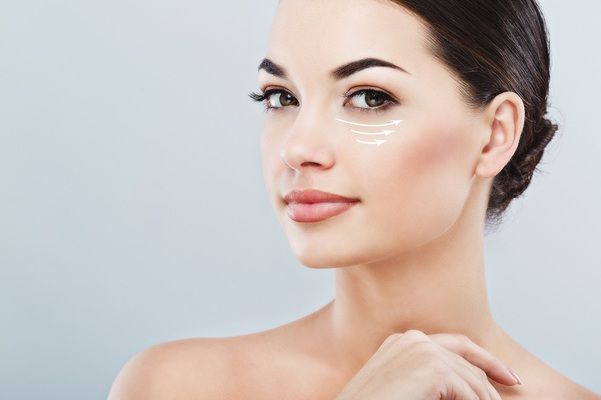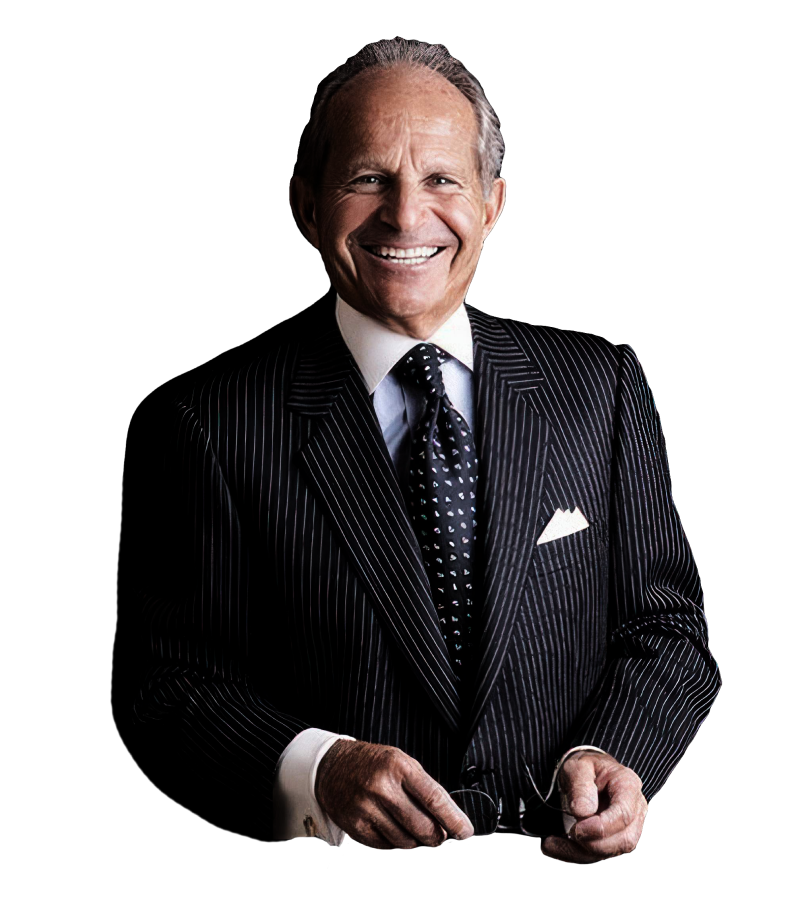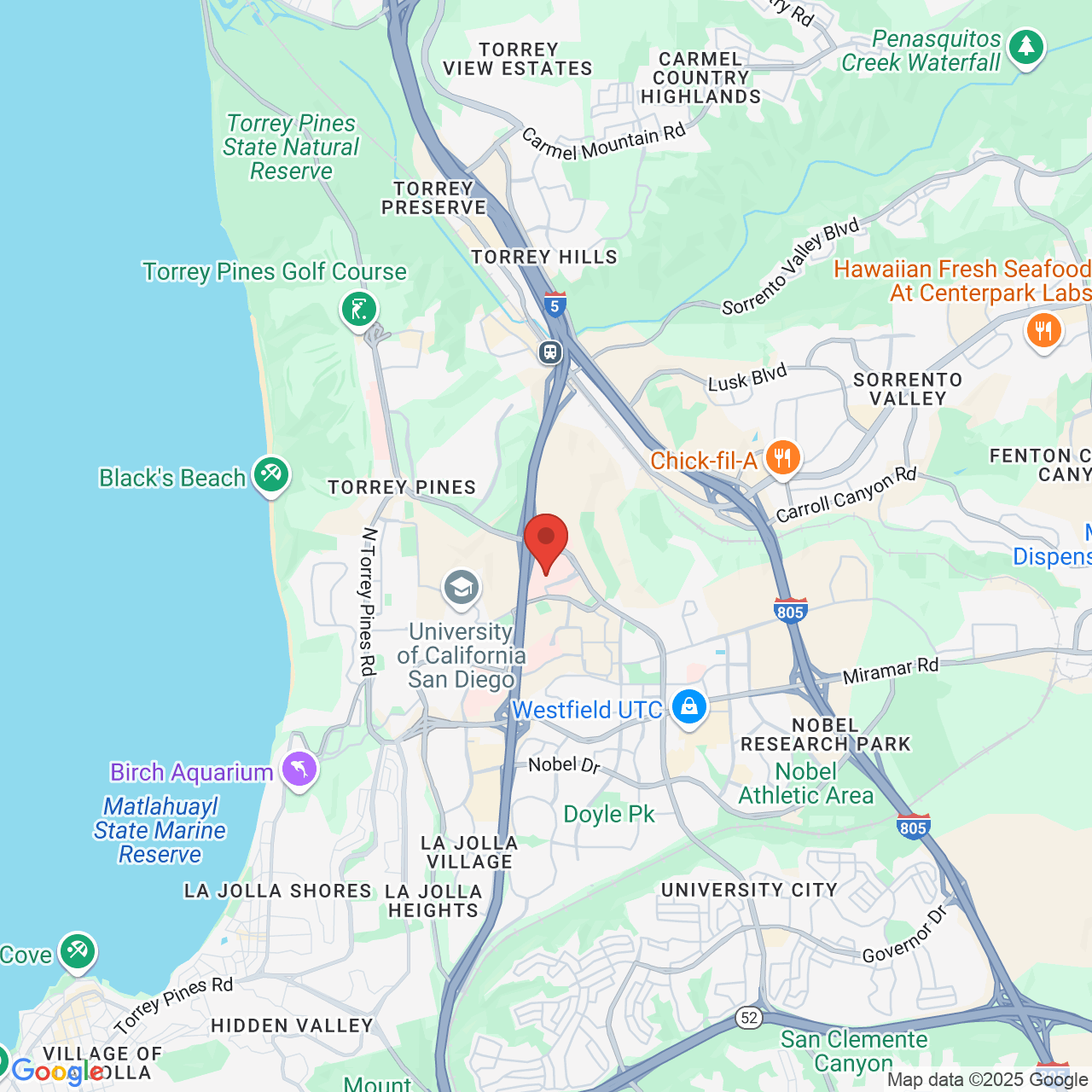Rhinoplasty (Nose Surgery) in La Jolla, San Diego
Rhinoplasty or nose surgery is one of the most popular facial plastic surgery procedures available whether it is performed to correct breathing problems or to improve a cosmetic issue. The goal of rhinoplasty is to reshape the nose in a way that is natural in appearance and in harmony with the other features of the face.
Dr. Robert Singer is an extremely experienced rhinoplasty surgeon, having performed over 2000 successful rhinoplasties in his practice. Dr. Singer usually performs the procedure in a closed approach - meaning there are no external nasal incisions and scars. In order to ensure optimal results, Dr. Singer customizes each nose surgery for his patients at his La Jolla, San Diego practice.
The degree of improvement possible through rhinoplasty is limited by your basic nasal skeleton and skin thickness. Wide noses and nostrils can be narrowed, noses with a hump can be straightened, drooping noses can be lifted, and bulbous tips can be reduced.
Dr. Singer can also perform nose surgery at the same time as a facelift, eyelid surgery, chin augmentation, or another facial plastic surgery procedure for a more comprehensive rejuvenation with combined recovery time.
For more information about rhinoplasty in La Jolla and San Diego, contact us or call Dr. Singer at 858.455.0290
Who Needs Rhinoplasty?
Many patients seek out nose reshaping surgery to adjust the appearance of the nose and bring it into proportion and balance with other facial features, while others choose it to improve breathing problems.
Rhinoplasty for cosmetic reasons or to correct deformities from injuries is frequently performed in combination with internal nasal surgical procedures to correct breathing problems.
In general, nose surgery patients should be in their mid-teens or older, after the growth and shape of the nose has stabilized.

Your Nose Job Consultation in La Jolla, San Diego
During your rhinoplasty consultation, Dr. Singer will listen to your expectations and desires for surgery. He will then examine your facial and nasal features and speak with you about your nose surgery options for cosmetic or breathing improvement or both. Dr. Singer can tailor your nose surgery to fit your needs and achieve your desired result.
Computer imaging may be done, which is an excellent communication tool to show the direction you want to go in improving the appearance of your nose. However, you have to be realistic that it is only a computer drawing, and you may not get that exact result because it does not show the unpredictable aspects of healing.

The Rhinoplasty Procedure
During nose surgery, which typically lasts 1-3 hours depending on the complexity of your case. Dr. Singer will make a small incision either across the columella (the skin that separates the nostrils) or inside the nose. He will then shape and sculpt the cartilage and bone that give the nose its appearance until the desired result is achieved. The incisions are then stitched closed.
If functional rhinoplasty is being performed at the same time as cosmetic rhinoplasty, Dr. Singer will correct the blockage, such as a nasal valve, turbinates, or a deviated septum.
The basic procedure is similar between male and female patients, but there are subtle variations in a male rhinoplasty to make it look masculine and blend with the other facial features and not appear feminized. For example, the bridge of the nose should be a little higher, and the angle between the nose and the lip should not be as high as in women and girls.
Before & After Photos
Interested in Rhinoplasty?
View our real patient results!
Anesthesia at our Accredited Operating Facility
At our AAAASF-accredited (American Association for Accreditation of Ambulatory Surgery Facilities) private operating facility in La Jolla, you will be taken care of by thoroughly trained personnel, including carefully selected, experienced, board-certified physician anesthesiologists.
Most of our patients have their nasal surgery performed with general anesthesia to maximize safety and comfort. We will discuss these options with you during your consultation.
Recovery from Nose Surgery
Most patients are urged to take at least 1 week off from work, school, and social activities for recovery. Bruising and swelling around the eyes are to be expected and are quite variable. It usually starts to subside after 48-72 hours following the surgery.
You will be fitted with a splint to help your nose hold its new shape during the healing process. In most patients, the bruising will have disappeared or can easily be concealed at 10-14 days, when the splint comes off. The tip of the nose may feel numb for 4-12 months.
Most patients look socially acceptable at 10-14 days, but swelling continues to diminish over several months. You may temporarily feel self-conscious about your appearance, but after a couple of weeks, any residual after-effects should not be noticeable to others. It may take up to one year for your nose to achieve its ultimate appearance, however.
Most patients are pleasantly surprised that there is discomfort after rhinoplasty, but not a lot of pain. Your degree of discomfort will depend, of course, on the extent of your surgical plan. You can take oral pain medications for a few days to keep your discomfort to a minimum.
We urge you to avoid strenuous exercise that raises your pulse rate, including jogging, aerobics, swimming, workouts, brisk walking, and sex for a minimum of 3 weeks after surgery. Contact sports should be avoided for 4-6 weeks. Once exercise is resumed, you may experience temporary throbbing of the nose and slight additional swelling for a few hours.
You need to be involved in your care and follow all of the instructions in order to help diminish post-operative problems like bleeding.
Frequently Asked Questions
What is a rhinoplasty?
Rhinoplasty (“nose job”) is a frequently performed surgery of the nose that may be cosmetic or reconstructive in nature for improving the appearance and/or function of the nose.
How many years has Dr. Singer been performing rhinoplasty surgery?
Dr. Robert Singer has been Board-Certified by the American Board of Plastic Surgery since 1977. He has continued to be involved in training other plastic surgeons and holds the position of Clinical Professor of Surgery (Plastic) at University of California San Diego while being in a full time private practice on the campus of Scripps Memorial Hospital, La Jolla.
Dr. Singer is an extremely experienced rhinoplasty surgeon, having performed around 2000 rhinoplasties in his practice.
How long does the surgery take?
It depends on the complexity of the procedure. Surgery usually takes 1-3 hours.
What is recovery like?
Most patients are urged to take at least 1 week off from work, school, and social activities for recovery. Bruising and swelling around the eyes are to be expected and are quite variable. It usually starts to subside after 48-72 hours following the surgery. In most patients the bruising will have disappeared or can easily be concealed at 10-14 days, when the splint comes off. The tip of the nose may feel numb for 4-12 months. Most patients look socially acceptable at 10-14 days, but swelling continues to diminish over months. Patients may temporarily feel self-conscious about their appearance, but it is generally not noticeable to others after a couple of weeks. It may take up to one year for the nose to achieve its ultimate appearance.
How painful is it?
Patient’s pain tolerance varies significantly. It is far less uncomfortable today than procedures performed in the past, when a lot of internal gauze (packing) was used. Most patients are pleasantly surprised that there is discomfort, but generally not a lot of pain. There is bruising and swelling. All of this depends on the extent of the procedure and the individual. Most take mild oral pain medications for a few days.
When can I exercise after nasal surgery?
Patients are urged to avoid strenuous exercise that raises their pulse rate, including: jogging, aerobics, swimming, working-out, brisk walking, and sex for a minimum of 3 weeks after surgery. You need to be involved in your care and follow all of the instructions in order to help diminish post-operative problems like bleeding. Once exercise is resumed, it is common for patients to experience temporary throbbing of the nose and swelling which may last for a few hours.
It is recommended to avoid contact sports for 4-6 weeks.
Can a rhinoplasty be performed with other surgical procedures?
Yes. There are a multitude of other cosmetic (aesthetic) procedures of the face or body that can be combined with a rhinoplasty. The most important consideration should always be safety. Some of the factors to be considered include the complexity of the nasal surgery, an individual’s general medical condition, and the anticipated length of the combined procedures. The advantages of combining procedures include: 1 trip to the operating room, savings on operating room costs, reduction of the number of anesthetics, and 1 recovery period.
What is the appropriate age to have a rhinoplasty?
Generally, any time after 14 years of age for a female and 15 for a male and when it bothers you enough to do something about it and you are mature enough to understand the procedure and accept possible outcomes.
Who is a good candidate?
A reasonable candidate is an individual who is interested in changing the shape of the nose to improve facial balance as long as her or his goal is realistic, is in good medical condition, and understands and accepts the tradeoffs and possible problems that may occur with the surgery.
How much does a rhinoplasty cost?
Fees vary significantly depending on the surgeon’s experience, reputation, geographic location, the extent and complexity of the surgery, and the length of time required to perform the rhinoplasty. Don’t shop for bargains – you have only 1 nose and face.
What are the potential complications or risks?
Rhinoplasty, like any surgery, has potential risks: bleeding which may require packing, infection, asymmetric healing, and partial restriction of nasal breathing which are infrequent and treatable. There are other less frequent complications that may occur in any surgery which should be discussed at the consultation with your surgeon. You should be aware of not only the benefits of surgery, but also the limitations and potential downside.
What is a revision or a secondary rhinoplasty?
It is additional surgery that is performed to further improve the overall result or correct a problem from the prior surgery, which may be cosmetic or functional, related to breathing problems. While the revision may be quite simple, it may require significant expertise, since the corrective techniques may be more complicated than the initial surgery.
How often is a revision rhinoplasty required?
Noses are never absolutely identical from side to side. Even in the best of hands, revision or secondary rhinoplasty may be beneficial, since healing is individual and not totally controllable. Patients who start with significant asymmetries have a higher rate of requiring additional procedures. The rates of revision rhinoplasty vary significantly from surgeon to surgeon. Dr. Singer’s personal rate of revision rhinoplasty on patients on whom he performed the original nasal surgery on is quite low; 2-3%.
Dr. Singer performs many reconstructive or secondary nasal surgeries that were initially operated on by other surgeons.
Is fixing a deviated septum more complicated after a primary rhinoplasty?
It is usually not, but it depends on your particular anatomy and what was done surgically on your nose previously. The best way to approach this is to have a consultation with a fully trained surgeon certified by the American Board of Plastic Surgery who is ideally a member of The Aesthetic Society or an ENT doctor certified by the Board of Otolaryngology. The surgeon should have extensive experience in performing secondary nasal surgery.
Can I have a “non-surgical nose job”, if I’m thinking of getting a rhinoplasty later?
“Non-surgical nose jobs” or “liquid nose jobs” are essentially injections of filler alone or sometimes with Dysport or Botox. They may be beneficial in selected patients and make a slight temporary improvement of minor defects. They are not a replacement for a rhinoplasty. You should avoid any non-surgical rhinoplasty before undergoing traditional cosmetic nasal surgery. Nasal injections may have complications or side-effects that may interfere with and compromise future nasal surgery. Scar tissue may form and nasal cartilage may be altered with any procedure, even a “non-surgical nose-job”. Some residual injected material may still be present in the nasal tissue long after the initial treatment, which may interfere with rhinoplasty surgery and cause problems with healing.
Why Choose Dr. Singer?
Dr. Singer has the respect of his peers and patients across San Diego and the surrounding Southern California area. He has helped thousands of San Diego residents with an eye for balance and beauty and the skills of an artist. Dr. Singer has been engaged in private practice in the La Jolla area of San Diego since 1976 and is now an internationally recognized plastic surgeon. You are in the best of hands with Board Certified Plastic Surgeon (American Board of Plastic Surgery) Dr. Singer.
Please learn more about Dr. Singer’s affiliations, memberships, awards, honors, and accomplishments. The full list and Dr. Singer’s curriculum vitae are available upon request.












